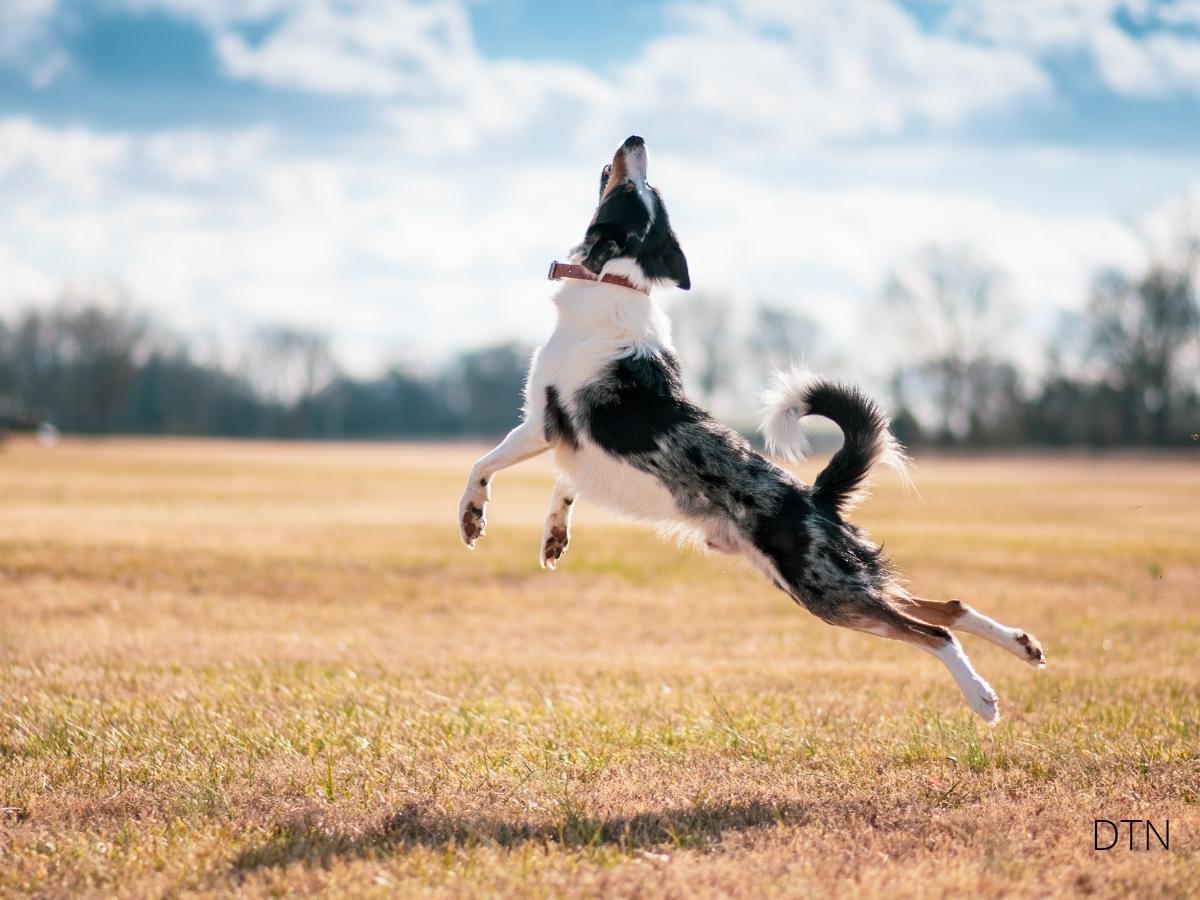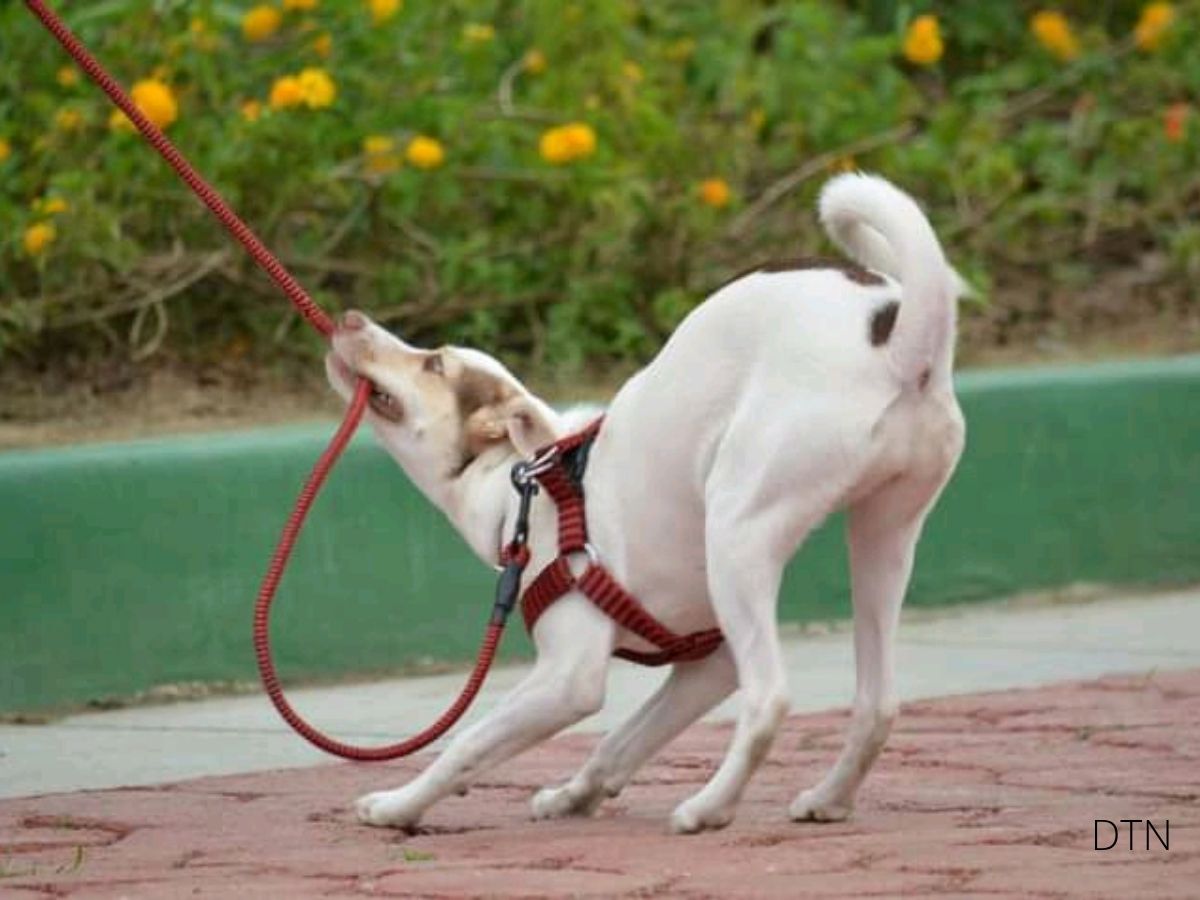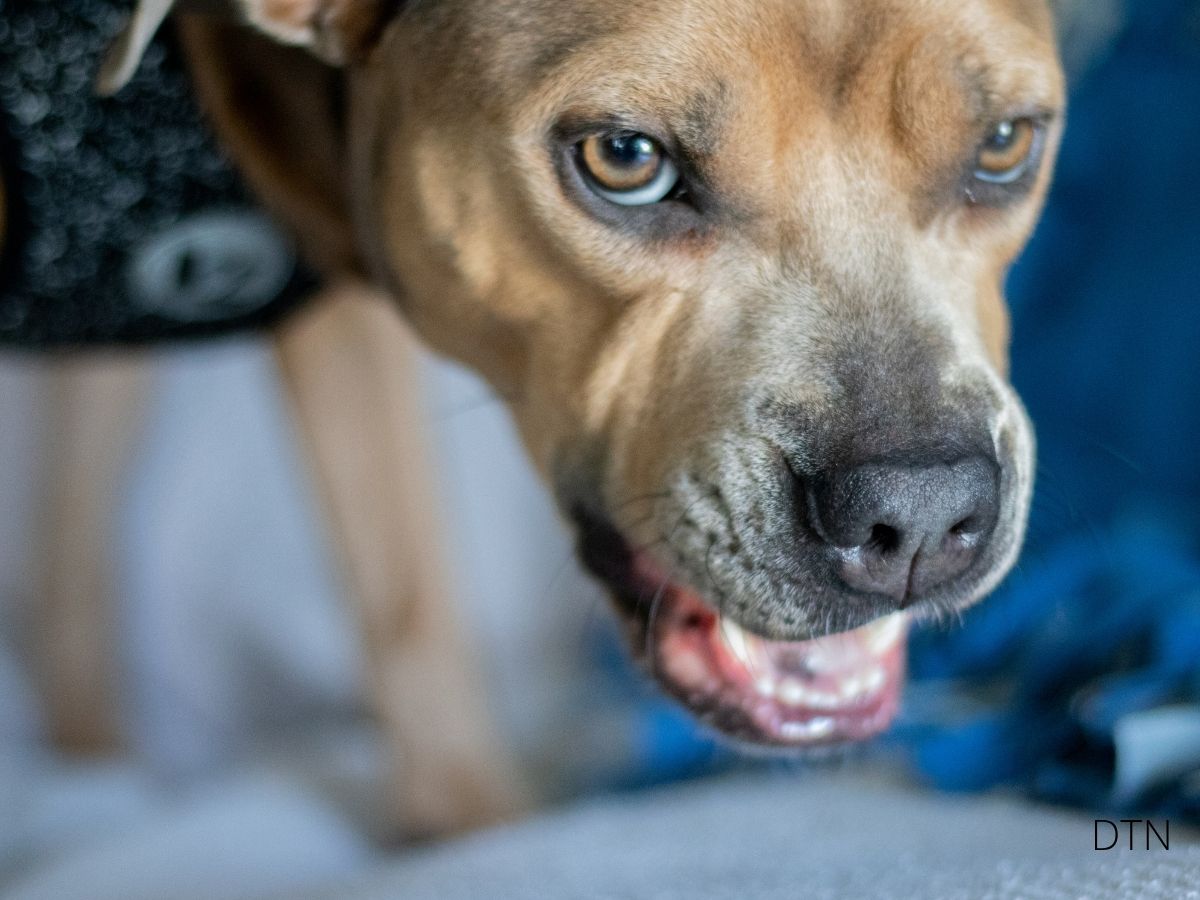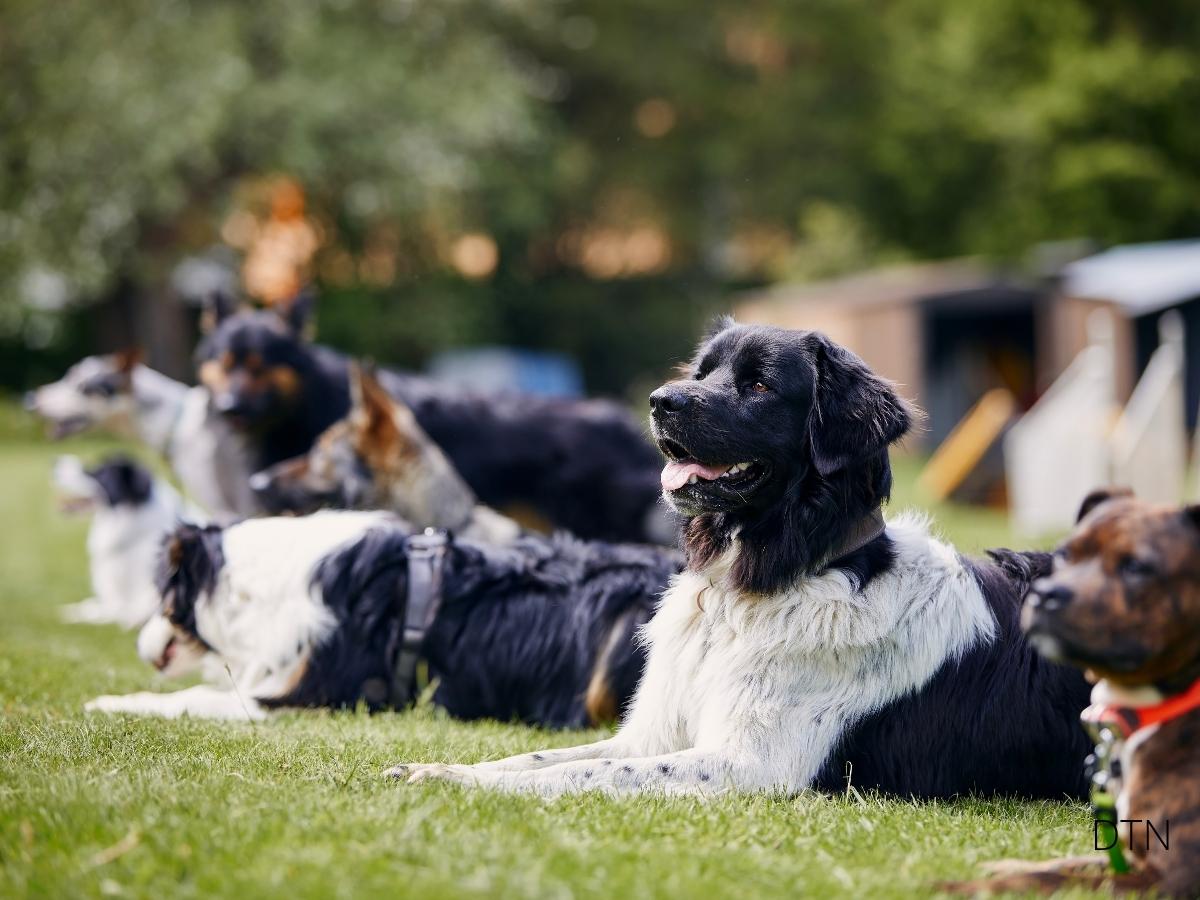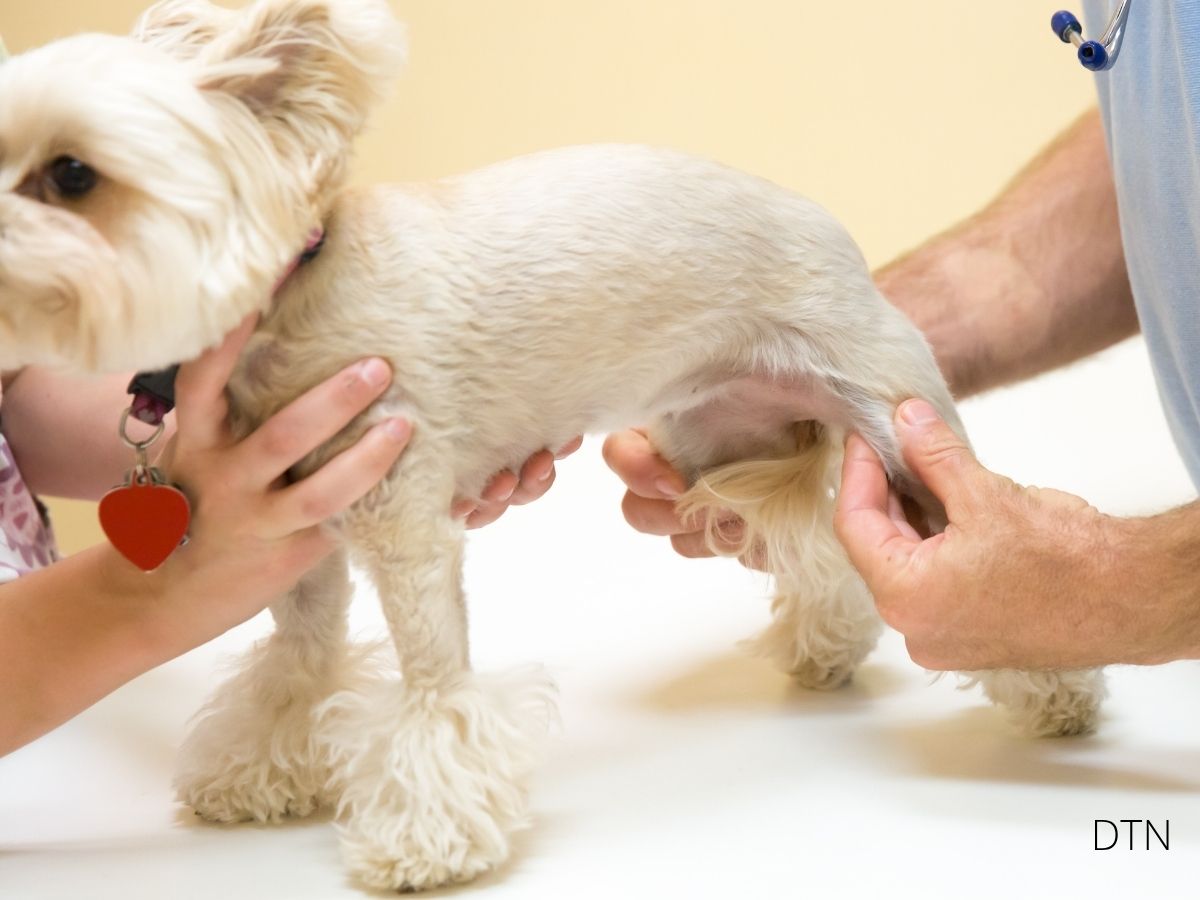Introduction: Rethinking How We Train Our Dogs
Have you ever watched your furry friend become absolutely fixated on that squeaky ball, only to wonder if there’s something deeper missing from their training routine? You’re not alone. The journey from toy-driven excitement to purposeful training represents one of the most transformative shifts you can make in your dog’s development—one that touches on neuroscience, behavioral psychology, and the profound bond between human and canine.
Let us guide you through how structured training with clear objectives enhances your dog’s working memory, attention span, and overall wellbeing in ways that toy-based play alone simply cannot achieve.
Character & Behavior: Understanding the Canine Mind
The Neural Architecture of Focus
Your dog’s brain is remarkably sophisticated. When we engage in purposeful training, we’re actively sculpting neural pathways that govern attention, impulse control, and executive function. The mesolimbic reward system, located deep within your dog’s brain, responds powerfully to structured learning experiences.
Did you know that repeated engagement in focused training actually reinforces neural pathways through dopaminergic feedback systems? This means each successful training session makes future focus less effortful and more automatic for your dog. While that tennis ball might capture attention for minutes, structured training engages working memory fundamentally differently through:
- Sequential command chains requiring multiple-step memory
- Problem-solving exercises demanding sustained mental effort
- Delayed reinforcement building patience and retention
The Arousal Regulation Challenge
You might notice your high-drive breed becoming increasingly frantic during fetch sessions. This escalating arousal, while natural, can work against behavioral goals. Structured training provides something crucial: arousal regulation through purposeful engagement.
When we transition from fetch-driven excitement to problem-solving tasks, we’re teaching our dogs to modulate their emotional states. This self-regulation capacity becomes essential for managing reactivity and maintaining composure in challenging situations. 🧠
Vocalization & Communication: Building Real Understanding
Beyond the Bark
Your dog’s communication during purposeful training tells a richer story than excited play barks. Watch for subtle engagement signals: the focused whine showing mental effort, anticipatory breathing during problem-solving, and the profound quiet of complete concentration.
Purpose-driven training creates “well-learned cue-response pairings”—essentially, a shared language between you and your dog. Unlike simple throw-catch dynamics, this vocabulary encompasses:
- Positional cues communicating spatial awareness
- Duration markers teaching sustained attention
- Contextual discrimination for environment-appropriate responses
This sophisticated communication emerges through consistent, structured training that toy-based play cannot replicate.
Training & Education: The Science of Purposeful Learning
The Reinforcement Revolution
Research demonstrates that dogs’ brains show equal or greater activation when expecting verbal praise compared to food rewards. This finding revolutionizes our understanding of motivation. Your voice, your approval—these become powerful reinforcers transcending physical objects.
Consider this reinforcement hierarchy:
Primary reinforcers include food and comfort, but in domestic dogs, social reinforcement often supersedes biological drives.
Secondary reinforcers like clicker sounds build anticipation and focus through association.
Relational reinforcers represent training’s pinnacle—the oxytocin release during eye contact, cortisol reduction from your calming presence. These neurochemical responses forge bonds stronger than any toy could.
Structured Progressions
Unlike fetch’s repetitive cycle, purposeful training builds systematically. Your dog isn’t just learning tricks; they’re developing learning strategies that apply broadly. This progression mirrors human educational models, recognizing that learning requires scaffolding and gradual complexity increases. 🐾
Love is a four-legged word.
– Unknown
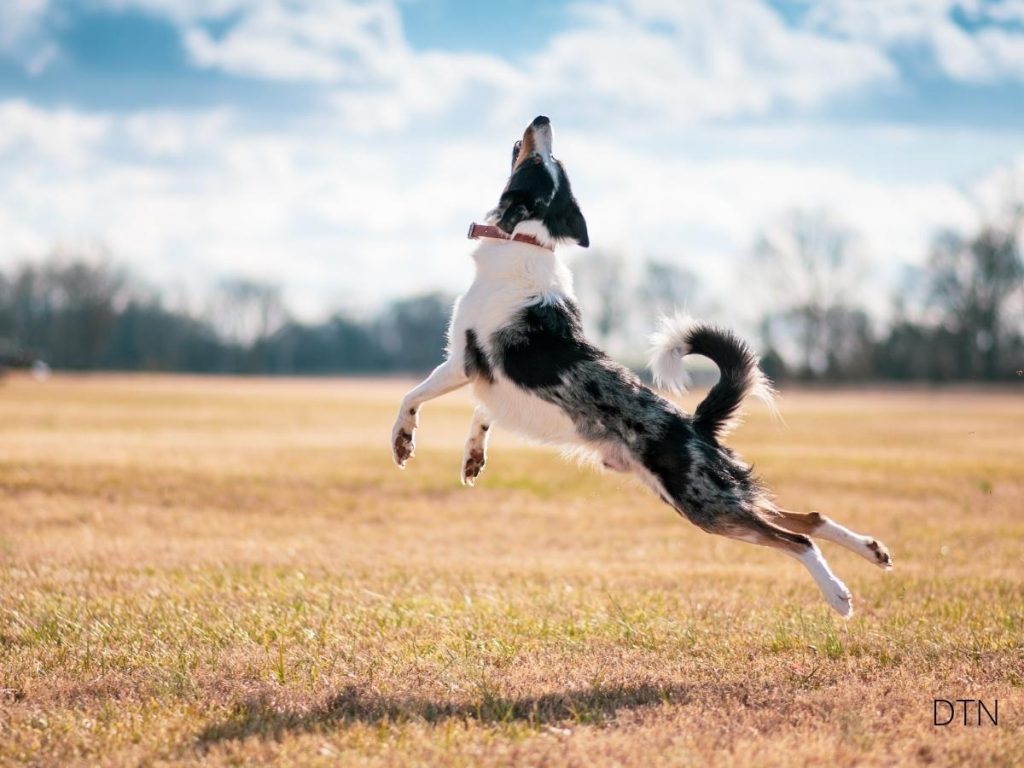
Performance & Activities: Channeling Drive Into Purpose
From Frenzy to Focused Work
That intense drive your Border Collie shows for the frisbee? It’s potential waiting for direction. Channel that enthusiasm into structured activities:
Scent work transforms prey drive into methodical searching, teaching systematic investigation and discrimination without grabbing.
Rally obedience requires remembering sequences and maintaining position despite distractions—mental fatigue from 15 minutes often exceeds an hour of fetch.
The Working Memory Workout
Purposeful training creates “cognitive load”—mental effort that strengthens working memory through multi-step sequences, variable reinforcement schedules, and problem-solving scenarios. Your dog’s brain literally changes through this training, with neural plasticity responding powerfully to cognitive challenges simple toy play cannot provide.
Health Concerns: The Hidden Costs of Toy Obsession
Physical and Mental Stress
Repetitive fetch creates specific problems:
- Joint impact from repeated jumping accelerates degeneration
- Dental damage from obsessive ball carrying
- Muscle imbalances from repetitive motions
More concerning, chronic high arousal affects your dog’s stress response system. The hypothalamic-pituitary-adrenal axis can become dysregulated through constant cortisol elevation and inability to achieve calm baselines.
Behavioral Health Implications
The European Society of Veterinary Clinical Ethology emphasizes that training methods significantly impact welfare. Toy-obsessed dogs often develop resource guarding, compulsive behaviors, and anxiety disorders. Purpose-trained dogs learn self-regulation skills providing coping mechanisms for challenging situations. 😄
Lifestyle & Environment: Creating Purposeful Spaces
Environmental Design
Unlike simple “throw space” for fetch, purposeful training requires:
Designated calm zones associated with relaxation rather than excitement
Variable training stations enabling spontaneous practice throughout daily life
Distraction gradients allowing progressive challenge increases
Time Investment: Quality Over Quantity
Fifteen minutes of focused training can mentally exhaust your dog more than an hour of fetch. The cognitive demand creates productive fatigue while daily activities become integrated training opportunities. No extra time required—just purposeful intention.
The Human-Canine Bond: Beyond Objects to Connection
Trust as the Ultimate Reinforcer
Dogs release oxytocin when making eye contact with humans, and cortisol drops after positive interaction. This neurochemical response reveals something profound—your relationship itself becomes the most powerful training tool.
Purpose-driven training nurtures this bond through mutual attention, synchronized breathing, and shared accomplishment. Unlike divided attention during toy throwing, purposeful training requires genuine connection.
The Invisible Leash Phenomenon
Advanced purposeful training creates an “invisible leash”—connection so strong that physical restraints become unnecessary. This isn’t achieved through toy bribery but through trust building, intrinsic motivation, and mutual respect. This level of connection represents the pinnacle of the human-canine relationship. 🧡
Conclusion: Is Purpose-Driven Training Right for You?
The shift from fetch to focus represents more than a training philosophy—it’s reimagining how we engage with our canine companions. Structured training with clear objectives enhances working memory, builds executive function, strengthens bonds, and promotes welfare in ways toy-driven play cannot match.
This doesn’t mean abandoning play entirely. Rather, it’s recognizing our dogs deserve cognitive challenges that grow with them, communication systems that deepen understanding, and relationships built on trust rather than toys.
Consider these questions:
- Does your dog show toy obsession or inability to settle?
- Are behavioral issues affecting quality of life?
- Do you desire deeper communication with your dog?
If yes, transitioning to purpose-driven training could transform your relationship. Start small—replace one fetch session with structured training. Notice the difference in focus, calmness, and engagement.
Your Next Steps
Begin with these foundational exercises:
- The Settling Protocol: Teach calm as default
- Eye Contact Duration: Build sustained mutual attention
- Impulse Control Ladders: Systematically increase self-regulation
- Scent Detection Basics: Channel drive into methodical searching
Remember, transformation doesn’t happen overnight. But with each purposeful session, you’re building something toys alone could never create—a thinking, feeling, deeply connected partner ready for whatever life brings. Welcome to purpose-driven training. Your dog’s fullest potential awaits. 🐾


